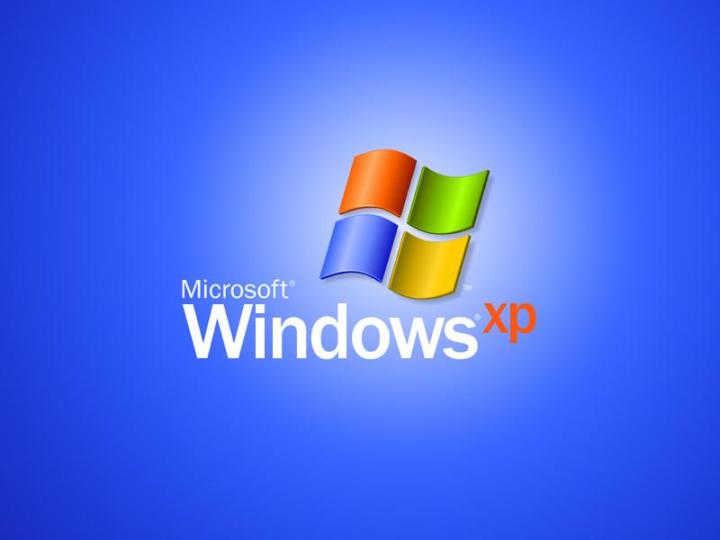
Microsoft is officially ending support for Windows XP this month, but if you’re an organization like the UK government then you can negotiate some extra breathing room. The Crown Commercial Service (CCS) has stumped up £5.5 million (around $9 million) to receive updates and patches for Microsoft’s operating system for the next 12 months. The agreement includes Office 2003 and Exchange 2003, which have also reached the end of their life cycles.
The British authorities won’t say how many of its computers are still running Windows XP, but a report last year suggested that 85 percent of the 800,000 PCs being used by the UK’s National Health Service still had the operating system installed. It’s a problem faced by many governments: In the U.S., around 10 percent of computers owned by federal agencies will still be running XP after the April 8 deadline.
The new deal struck by the CCS is based on an understanding that government bodies will upgrade from Windows XP as soon as they can. “This is a 12-month breathing space,” said CCS director Sarah Hurrell. “No one wants to be on an end-of-life infrastructure. We will make sure people have plans [to move away from Windows XP] that stand up to scrutiny.”
Microsoft released the following statement: “We have made an agreement with the Crown Commercial Service to provide eligible UK public sector organisations with the ability to download security updates to Windows XP, Office 2003 and Exchange 2003 for one year until April 8 2015. Agreements such as these do not remove the need to move off Windows XP as soon as possible.”
With the end of the official support window for the XP operating system, users will no longer receive security patches and updates to protect against newly discovered threats — Microsoft recommends that anyone running XP upgrades as soon as possible, with many stores offering cash incentives to do so. If you’re determined to stick it out for the foreseeable future, check out our survival guide for using XP after April 8.
[Via Computer Weekly]


